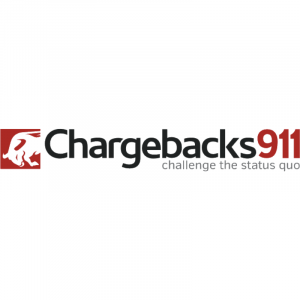Card transactions are one of the most convenient, easiest and ubiquitous ways to pay. When transactions happen there are many checks that accompany them to make sure that everyone is who they say they are.
However, inevitably transactions get declined – often merchants have no idea of the real reason why and this can be frustrating because of lost sales and poor customer experiences. There are some fairly basic reasons why transactions get declined:
Scratch under the surface and other reasons for declines get a bit more complicated… simple card information and questions like ‘is the card good?’ or ‘are the funds available?’ are too blunt to make informed decisions. Instead, issuers are increasingly relying on a variety of data sources and fraud decision engines to make approve or decline calls. Let’s have a look at a couple of examples:
Ensuring that merchants take the opportunity to check that data being sent to issuers is as accurate as it can be and implementing enhancements like 3D Secure are important first steps in increasing approval rates.
Project Transaction Insights is supported by our Benefactor The Chargeback Company

The Payments Association
St Clement’s House
27 Clements Lane
London EC4N 7AE
© Copyright 2024 The Payments Association. All Rights Reserved. The Payments Association is the trading name of Emerging Payments Ventures Limited.
Emerging Ventures Limited t/a The Payments Association; Registered in England and Wales, Company Number 06672728; VAT no. 938829859; Registered office address St. Clement’s House, 27 Clements Lane, London, England, EC4N 7AE.







Log in to access complimentary passes or discounts and access exclusive content as part of your membership. An auto-login link will be sent directly to your email.
We use an auto-login link to ensure optimum security for your members hub. Simply enter your professional work e-mail address into the input area and you’ll receive a link to directly access your account.
Instead of using passwords, we e-mail you a link to log in to the site. This allows us to automatically verify you and apply member benefits based on your e-mail domain name.
Please click the button below which relates to the issue you’re having.
Sometimes our e-mails end up in spam. Make sure to check your spam folder for e-mails from The Payments Association
Most modern e-mail clients now separate e-mails into different tabs. For example, Outlook has an “Other” tab, and Gmail has tabs for different types of e-mails, such as promotional.
For security reasons the link will expire after 60 minutes. Try submitting the login form again and wait a few seconds for the e-mail to arrive.
The link will only work one time – once it’s been clicked, the link won’t log you in again. Instead, you’ll need to go back to the login screen and generate a new link.
Make sure you’re clicking the link on the most recent e-mail that’s been sent to you. We recommend deleting the e-mail once you’ve clicked the link.
Some security systems will automatically click on links in e-mails to check for phishing, malware, viruses and other malicious threats. If these have been clicked, it won’t work when you try to click on the link.
For security reasons, e-mail address changes can only be complete by your Member Engagement Manager. Please contact the team directly for further help.